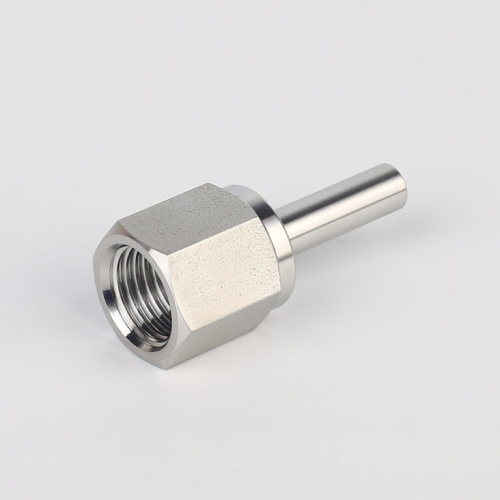Comentario: Advantages and Applications of Stainless Steel Single Stage Regulators
Stainless-steel single stage regulators are vital components in numerous industrial, lab, and industrial applications where exact control of gas pressure is called for. These regulatory authorities lower high-pressure gas from a cylinder or pipeline to a reduced, usable stress in one step. Created from stainless-steel, these tools provide outstanding resistance to corrosion, high strength, and toughness popular environments. Their single-stage design makes them specifically fit for applications where inlet stress does not vary substantially or where short-duration gas usage is expected. Selecting the appropriate product and style guarantees safety and security, performance, and durability in gas policy systems.

Among one of the most defining functions of these regulators is their stainless-steel building. Stainless steel is naturally corrosion-resistant, making it excellent for applications involving hostile or destructive gases such as chlorine, hydrogen sulfide, or oxygen. This resistance makes sure a much longer lifespan for the regulatory authority, lowering maintenance costs and the threat of leakages or contamination. Furthermore, stainless-steel supplies exceptional thermal resistance, allowing these regulators to be made use of in settings with severe temperature levels. For industries that prioritize health and tidiness-- such as pharmaceuticals or food processing-- stainless steel regulatory authorities are likewise much easier to disinfect and clean. Their robust mechanical buildings also allow them to endure high-pressure applications without contortion or failure.

The solitary stage in these regulatory authorities describes the pressure reduction occurring in one action, rather than a two-stage regulator where stress is minimized in 2 phases. This design is simpler and normally more compact, making it an affordable solution for non-critical or temporary gas applications. One need to think about that as the inlet stress drops (such as when a gas cyndrical tube is emptied), the electrical outlet stress might also change somewhat-- a phenomenon known as droop. In spite of this, modern stainless steel solitary phase regulators typically consist of advanced diaphragm styles and interior devices that decrease pressure variation. These functions supply sensibly constant outcome for numerous standard procedures and operations.
Several versions come outfitted with precision-machined parts, determines for keeping an eye on pressure degrees, and safety relief valves to stop over-pressurization. Some also supply options for tamper-proof changes and modular links, making them adaptable to a wide range of setups. Whether it's for logical instrumentation or laser cutting systems, the performance consistency of a single phase stainless steel regulator stays a vital element for its appeal. Visit the web site https://www.jewellok.com/pressure-regulator/ to know much more.

Due to their versatile efficiency and resilience, Stainless steel Single Stage Regulator are used across numerous sectors. In laboratories, they regulate specialized gases utilized in chromatography and spectroscopy. Their tidy operation and very little particle generation make them perfect for semiconductor manufacturing, where also small contamination can influence product quality. In the medical field, they assist control clinical oxygen and anesthetic gases with high precision. Industrial applications consist of welding, gas blending, calibration systems, and fuel gas shipment for heaters and heating systems.
In addition, their compatibility with aggressive gases enables them to be made use of in chemical processing plants where various other materials could deteriorate quickly. The oil and gas market additionally takes advantage of their dependability in offshore and destructive settings. With the raising focus on safety and security and performance in technical environments, the need for premium stainless steel regulators continues to grow worldwide.
sueheller sdsd dsds sdsds ddsd (2025-06-10)
En respuesta a google

